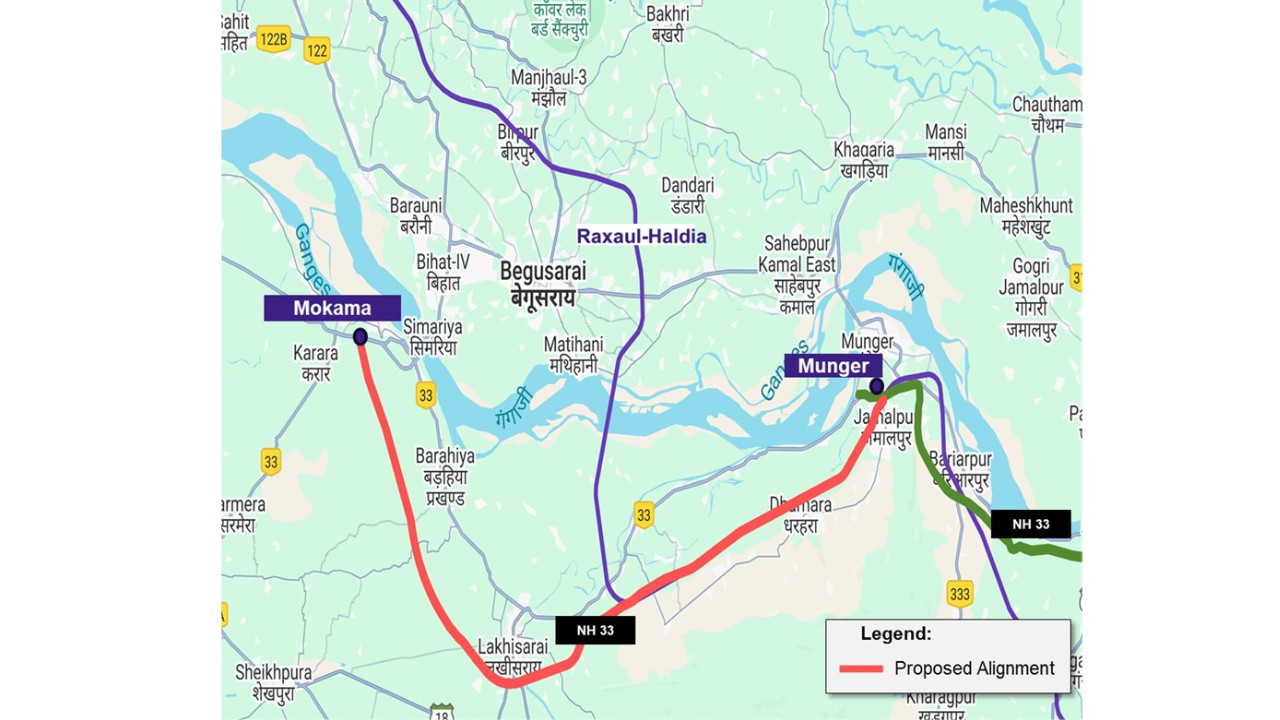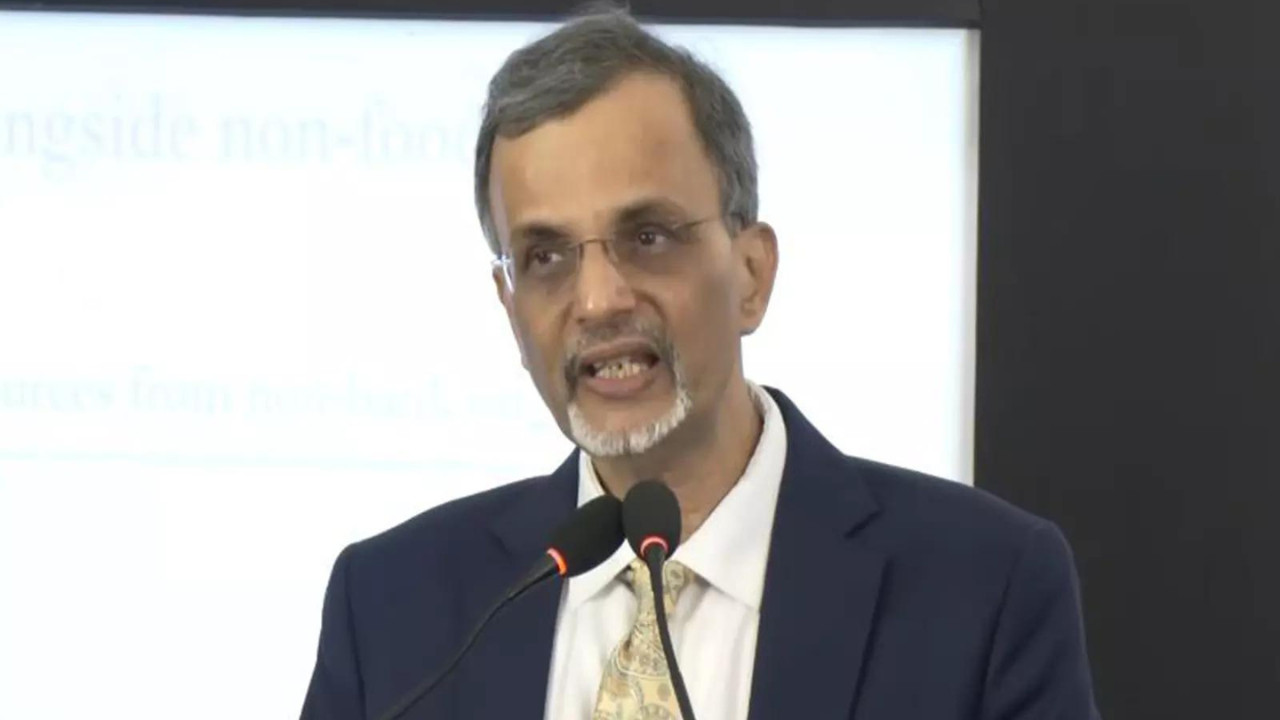The CCEA has approved the construction of a 4-lane greenfield access-controlled Mokama–Munger section of the Buxar–Bhagalpur high-speed corridor in Bihar, costing Rs 4,447.38 crore. This 82.4 km project, built on Hybrid Annuity Mode, will reduce travel time to 1.5 hours and boost industrial activity in eastern Bihar, generating significant employment opportunities.
Bihar’s Road to Progress: A New Corridor Connecting Mokama and Munger
Bihar is gearing up for a significant infrastructure overhaul that promises to reshape connectivity and accelerate economic activity in the region. The state cabinet has just given the green light to a transformative project: a four-lane road corridor linking Mokama and Munger. This isn’t just another road; it’s a vital artery set to pump new life into Bihar’s development landscape. The project is projected to cost ₹4,447 crore and aims to slash travel times, improve logistics, and ultimately, unlock the untapped potential of these two important districts.
Why This New Road Matters
For too long, the journey between Mokama and Munger has been a challenge. The existing infrastructure struggles to keep pace with the growing demands of modern commerce and transportation. The new four-lane corridor will address this bottleneck, providing a smooth, efficient route for vehicles and goods. Think of it as a superhighway that bypasses the congestion and delays, allowing for quicker transit times and reduced transportation costs.
The implications are far-reaching. Businesses will benefit from easier access to markets, allowing them to expand their reach and compete more effectively. Farmers will find it simpler to transport their produce, reducing spoilage and increasing their profits. And ordinary citizens will experience a significant improvement in their daily commute, saving valuable time and energy.
The Four-Lane Mokama-Munger Road: A Detailed Look
So, what exactly will this new corridor entail? Beyond simply widening the existing road, the project involves a comprehensive upgrade to ensure optimal safety and efficiency. This includes:
* A full four-lane expansion: Significantly increasing capacity and reducing congestion.
* Reinforced paving and improved road surfaces: Ensuring a smoother, more durable ride.
* Strategic bypasses around key towns and villages: Minimizing disruption to local communities and further streamlining traffic flow.
* Modern signage and safety features: Enhancing visibility and reducing the risk of accidents.
* Construction of new bridges and culverts: Allowing for seamless passage over waterways and challenging terrain.

The Economic Ripple Effect
The economic impact of this project extends far beyond simply building a road. The construction phase alone will create numerous jobs, providing employment opportunities for local workers and stimulating the local economy. Once completed, the improved connectivity will attract new businesses and investments to the region. This could lead to the development of new industrial parks, logistics hubs, and commercial centers, generating even more jobs and economic growth.
Furthermore, the enhanced transportation network will facilitate trade and commerce with neighboring states, further integrating Bihar into the national economy. This could lead to increased exports, greater access to raw materials, and a more diversified economic base. The improved infrastructure also opens the door for increased tourism, allowing more people to experience the rich culture and history of the region.
More Than Just Concrete and Asphalt
It’s easy to view this project as simply a road construction endeavor. However, it represents so much more than that. It symbolizes Bihar’s commitment to progress, its determination to overcome infrastructural challenges, and its ambition to create a better future for its citizens. It’s an investment in the state’s long-term economic health and social well-being. Projects like the Mokama-Munger road corridor are the building blocks of a stronger, more prosperous Bihar. This project complements other planned and executed infrastructure projects across the state, like the ongoing work on the Patna Ring Road, designed to alleviate traffic congestion in the capital city and improve regional connectivity.
Looking Ahead
The approval of the Mokama-Munger road corridor is a significant step forward for Bihar. As the project moves into the implementation phase, it will be crucial to ensure that it is executed efficiently, transparently, and with minimal disruption to local communities. The successful completion of this project will not only improve connectivity but also serve as a model for future infrastructure development initiatives in the state. The enhanced connectivity that the Mokama-Munger road will bring promises a brighter, more prosperous future for the region.







